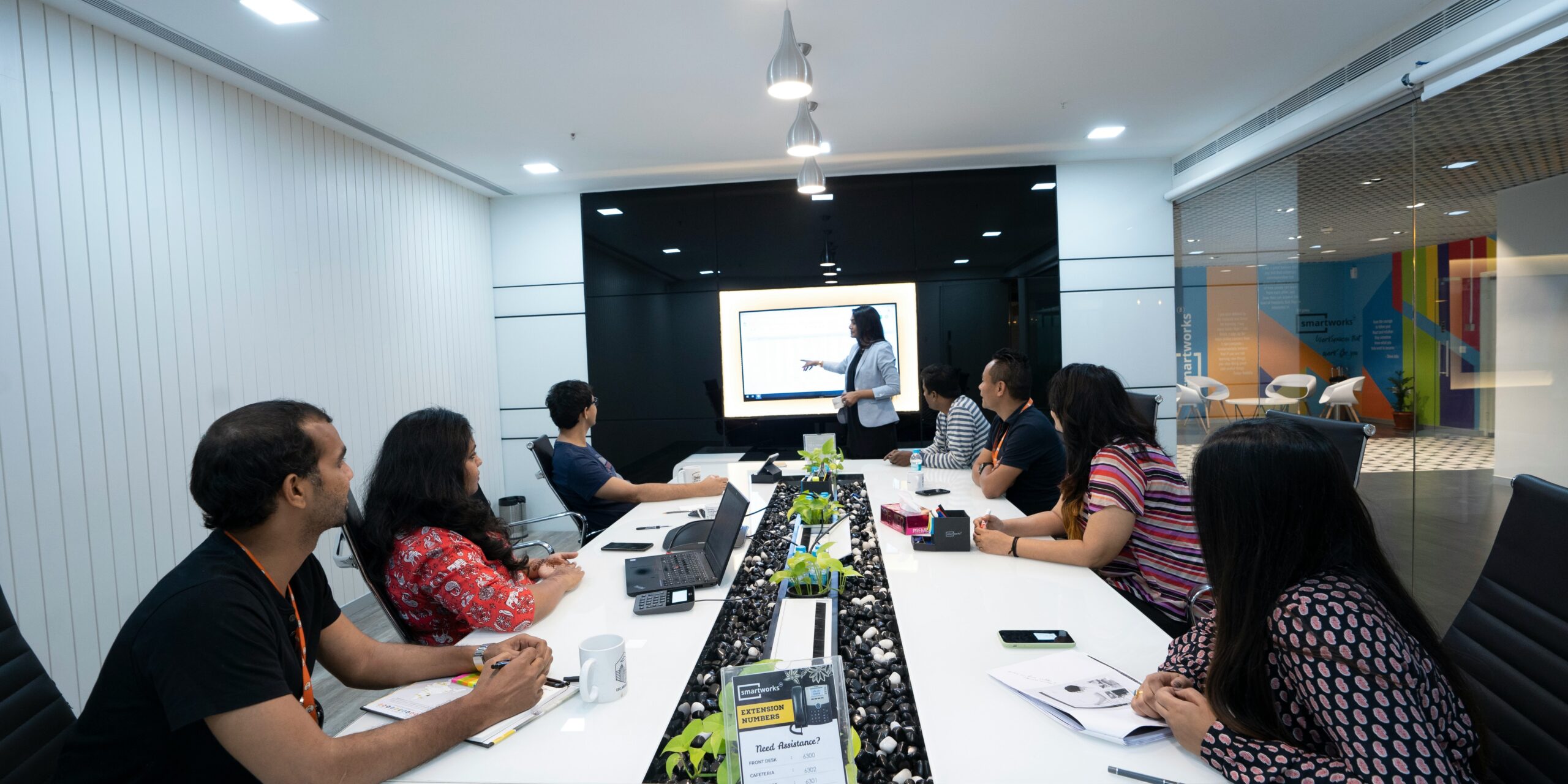Imagine a world where new employees are instantly integrated into their teams, perfectly understanding the intricacies of their roles and the company culture. This is the dream of every organization, regardless of size or industry. The reality, however, is often a far cry from this utopia, especially with the changing landscape of work in the digital age. Onboarding training has never been more critical, but how can companies adapt to ensure their employees are successful?
It’s time we take a closer look at the evolving landscape of onboarding training, examining its newfound importance and the ways it must adapt to today’s ever-changing work environment.
A Shift in Focus: The Modern Onboarding Experience
As industries and workplaces continue to evolve, onboarding training programs must follow suit. In the past, onboarding training primarily focused on providing new employees with knowledge of company policies, procedures, and systems. While these aspects are still important, there is a growing emphasis on creating an engaging and relevant onboarding experience that caters to each individual’s needs.
“The onboarding process is no longer a one-size-fits-all approach,” one L&D professional points out. “It must be tailored to suit the unique requirements of each employee, taking into consideration their background, skill level, and the expectations of their role.”
Embracing Technology in Onboarding Training
With the rise of remote work and global teams, technology has become an indispensable asset in the onboarding process. From e-learning platforms to video conferencing tools, the use of technology in onboarding training not only promotes convenience and accessibility but also helps create a more immersive learning experience for new employees.
One example of this is the use of virtual reality (VR) in onboarding training. A generic IT company has successfully integrated VR into their onboarding program, allowing new hires to virtually explore their future workspaces and engage with their colleagues, even before their first day on the job. “The use of VR technology has not only improved the onboarding experience but has also helped us save on costs associated with traditional onboarding methods,” an L&D professional explains.
Building a Strong Support System
Effective onboarding training goes beyond just providing new employees with the necessary job-related knowledge and skills. It also involves creating a support system that fosters a sense of belonging and facilitates their integration into the company culture. This can be achieved through mentoring programs, team-building activities, and regular check-ins with managers and colleagues.
“We’ve found that pairing new employees with seasoned team members has had a significant impact on their overall onboarding experience,” shares an L&D professional. “It not only helps them learn the ropes faster but also creates a sense of camaraderie and support from day one.”
The Role of Learnexus in Onboarding Training
Adapting to the changing landscape of onboarding training can be challenging, especially for organizations with limited resources or expertise in Learning & Development. This is where Learnexus comes in, empowering companies to quickly and easily find and hire freelance L&D professionals with highly specific skills and experience. With its single master services agreement, Learnexus saves managers time and eliminates procurement issues, all while offering a 47% cost saving.
By partnering with Learnexus, organizations can revolutionize their onboarding training programs, ensuring that their employees are set up for success in today’s ever-changing work environment.




